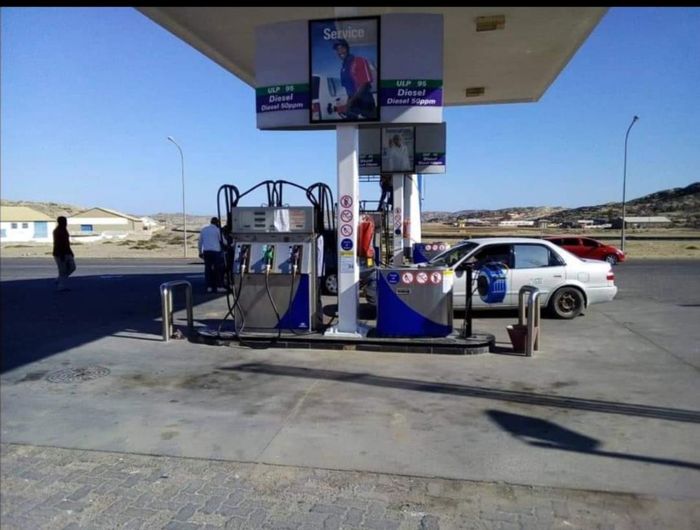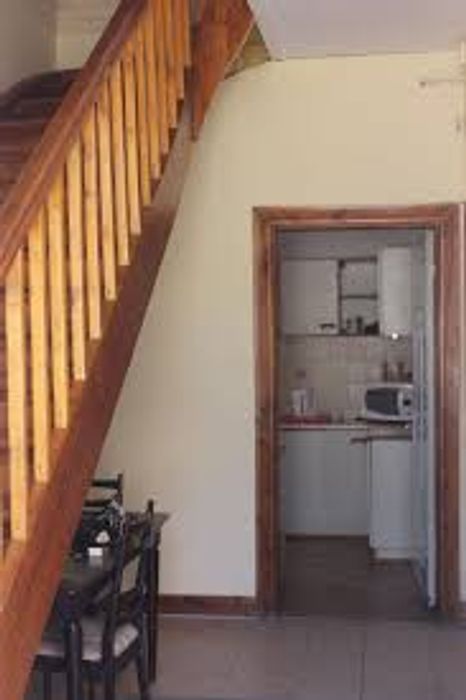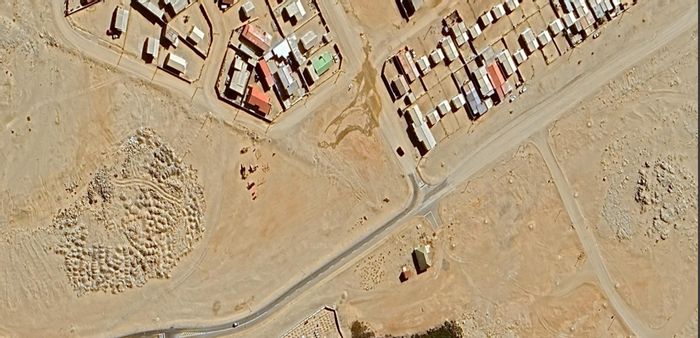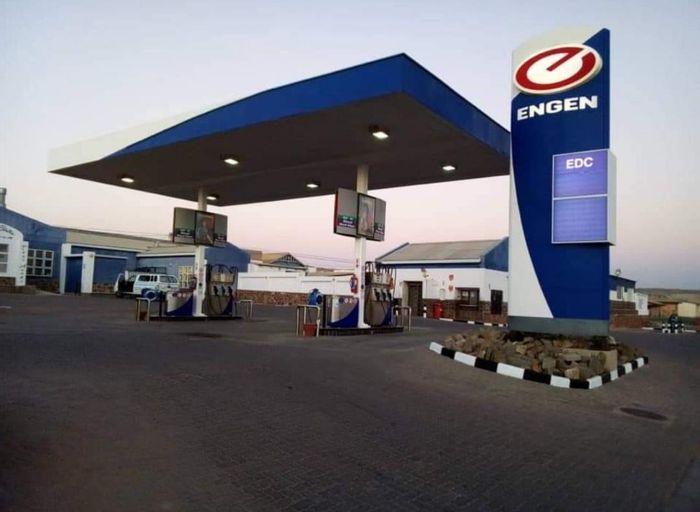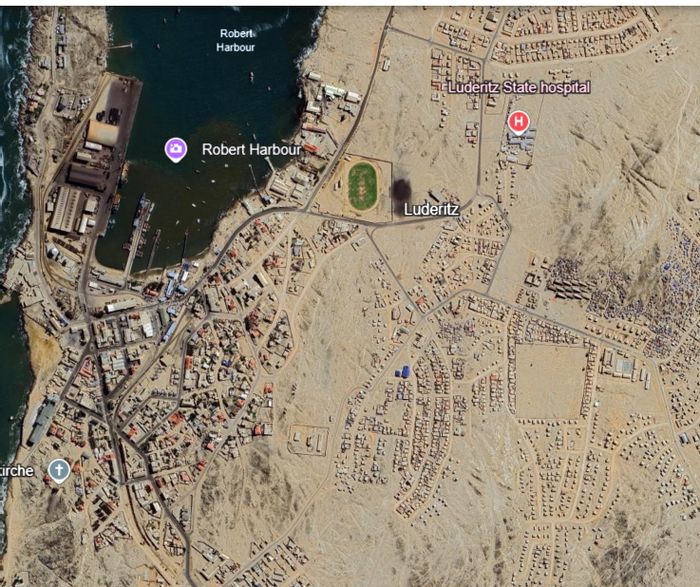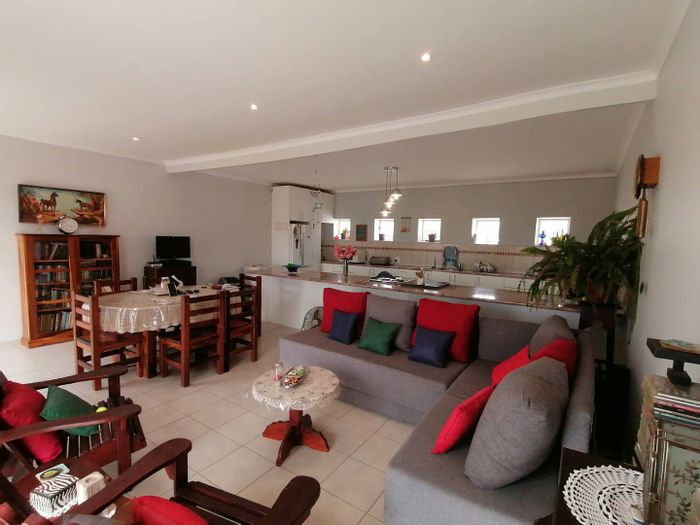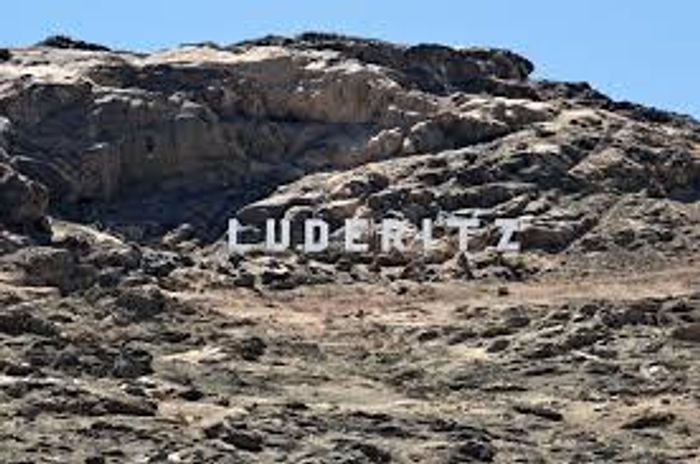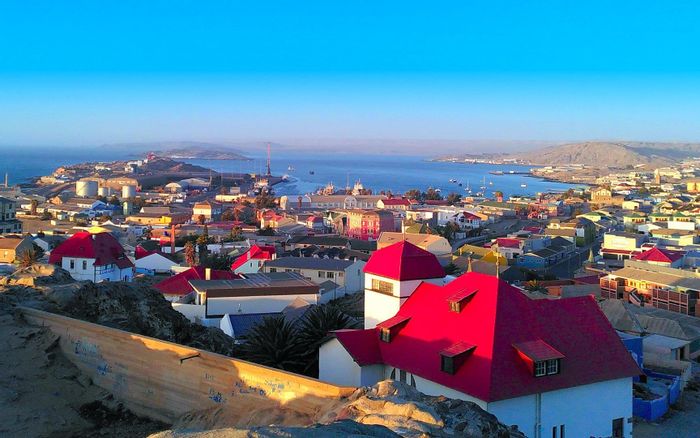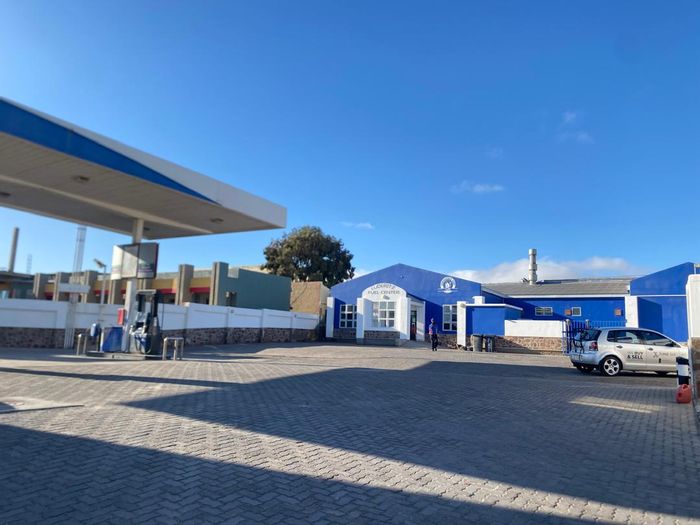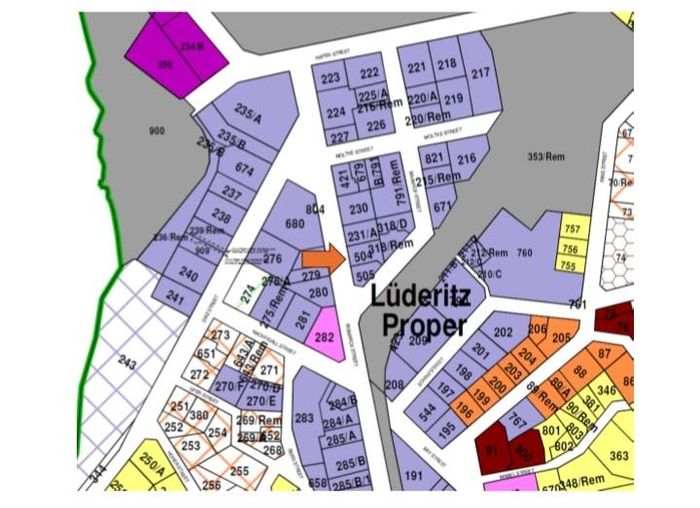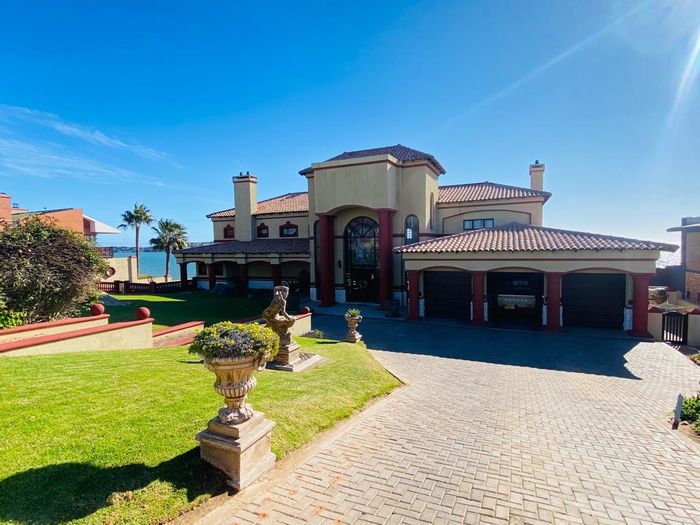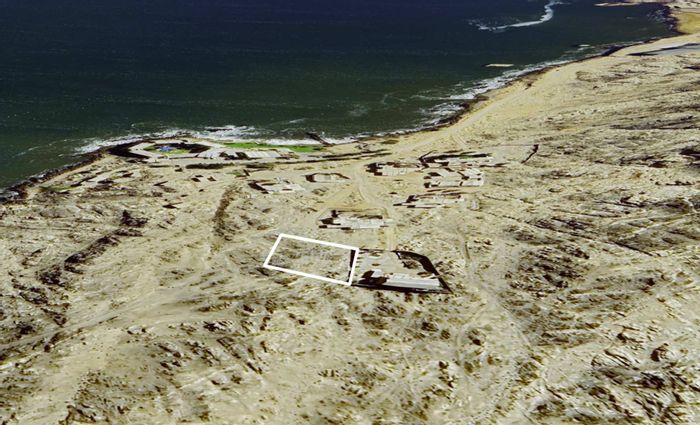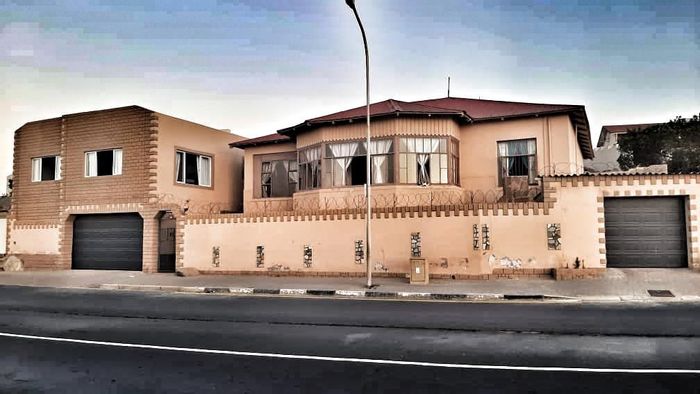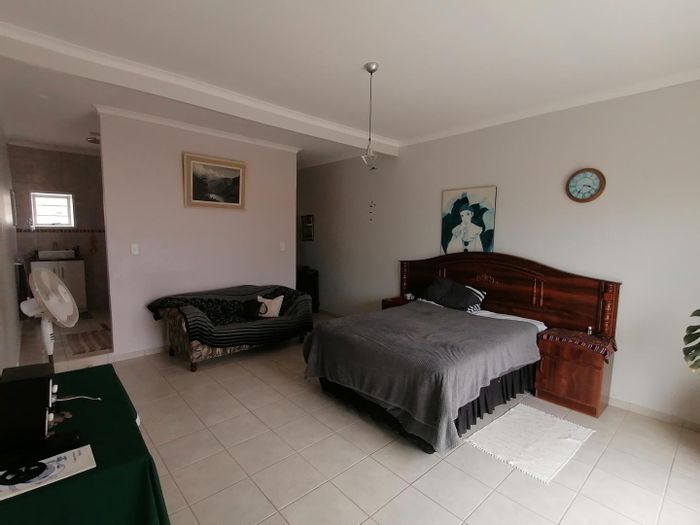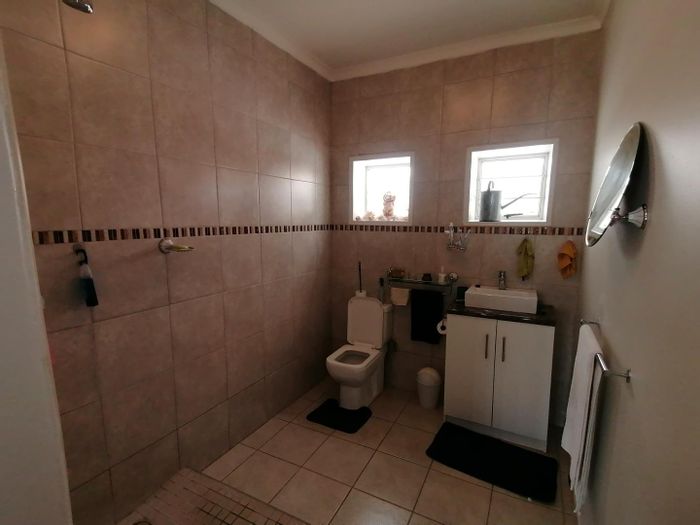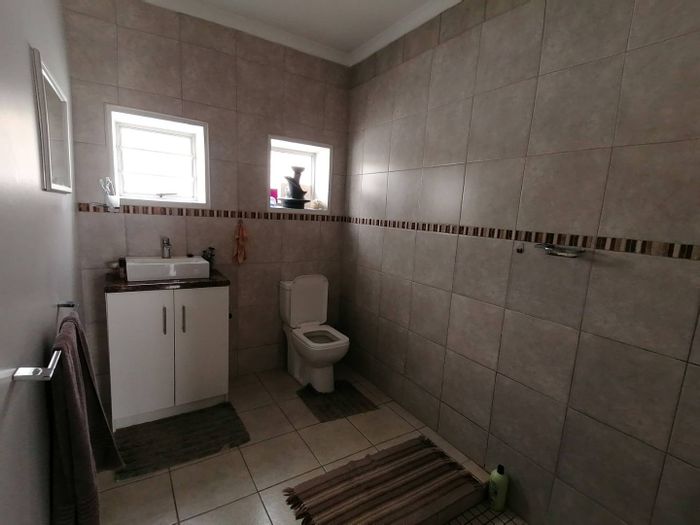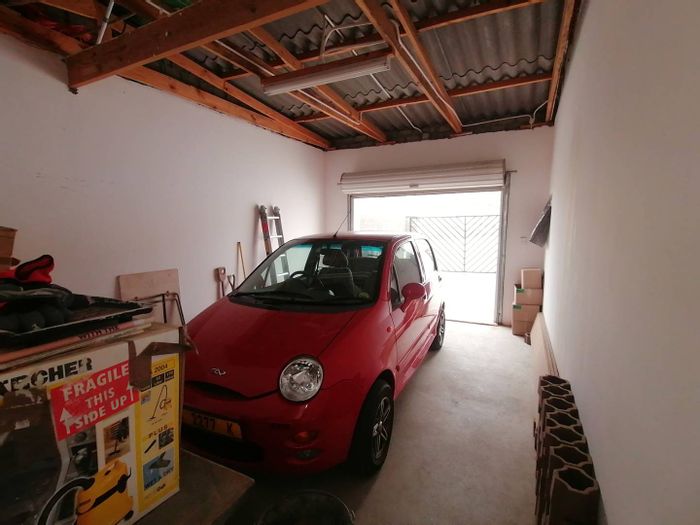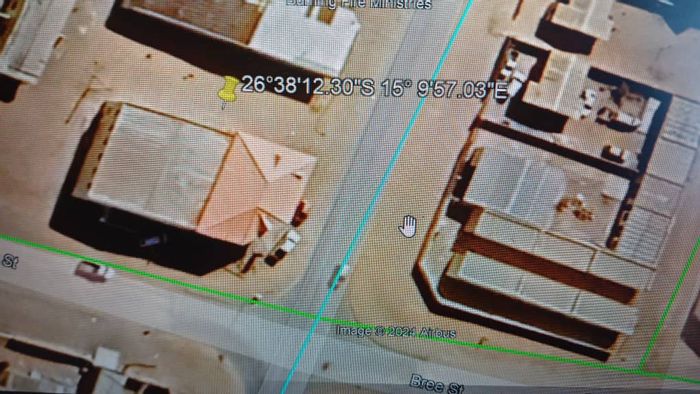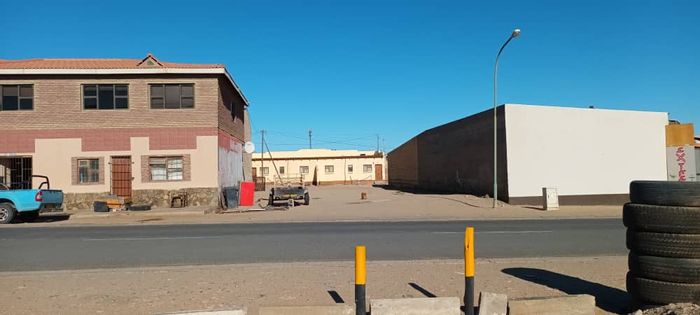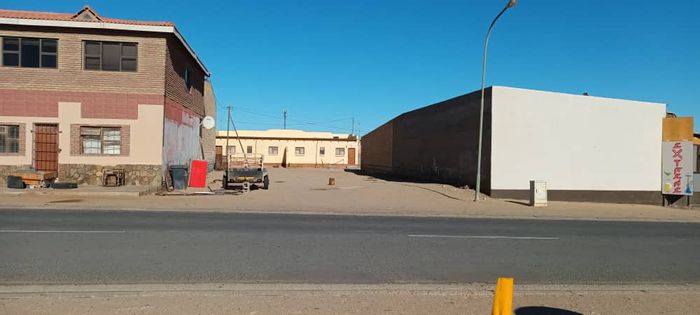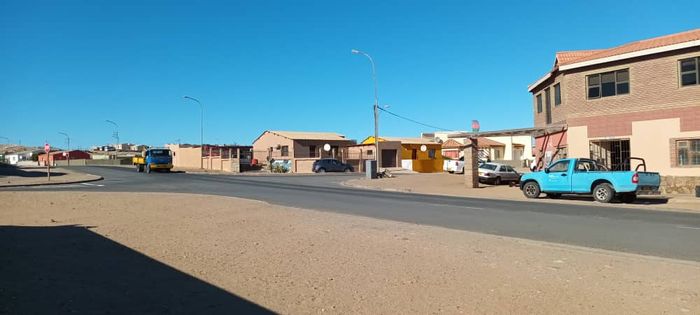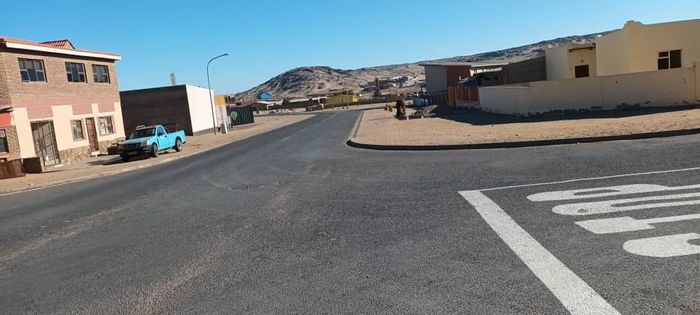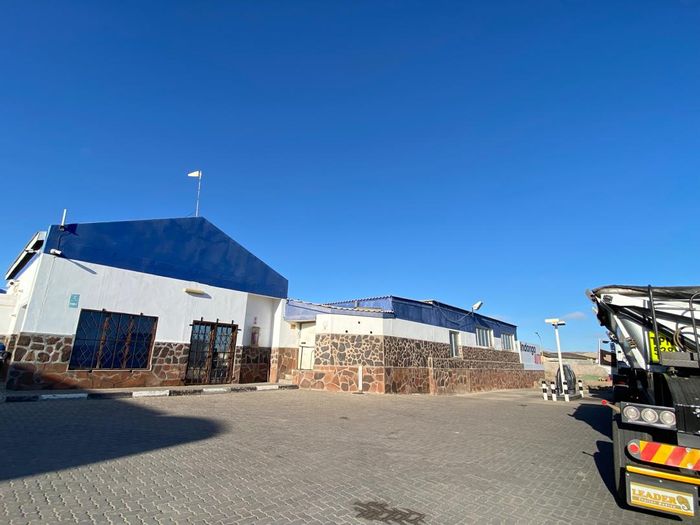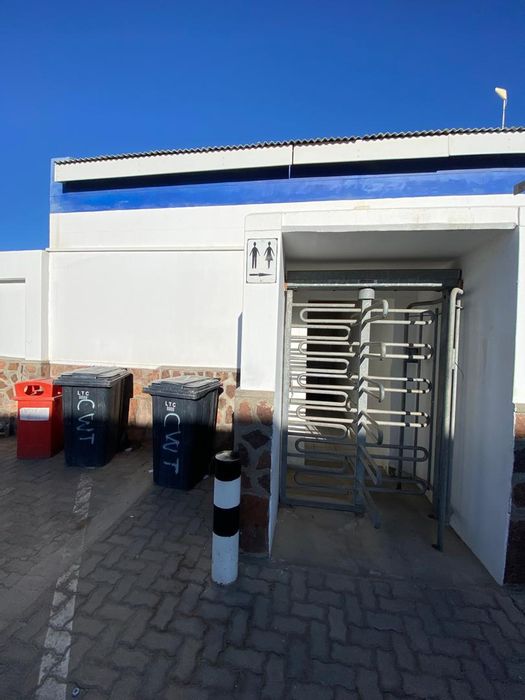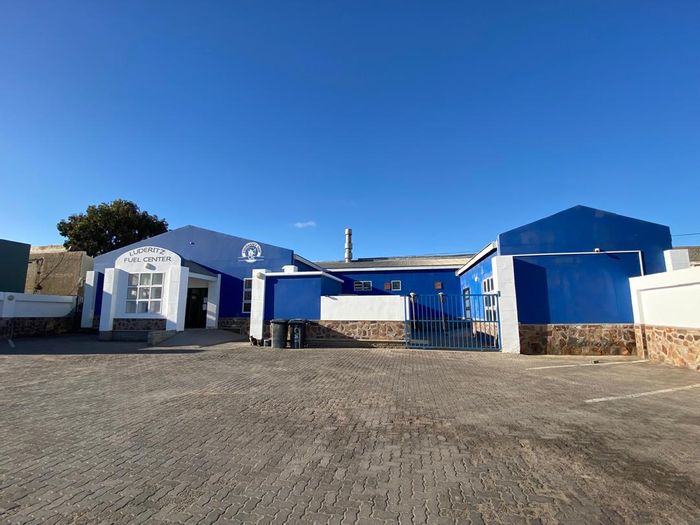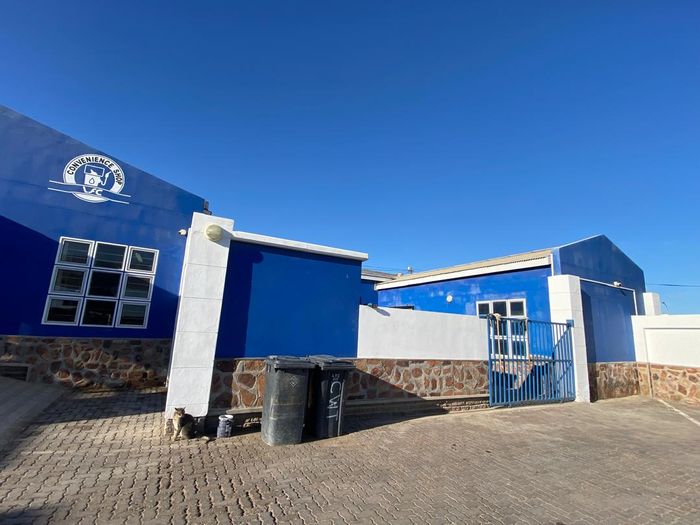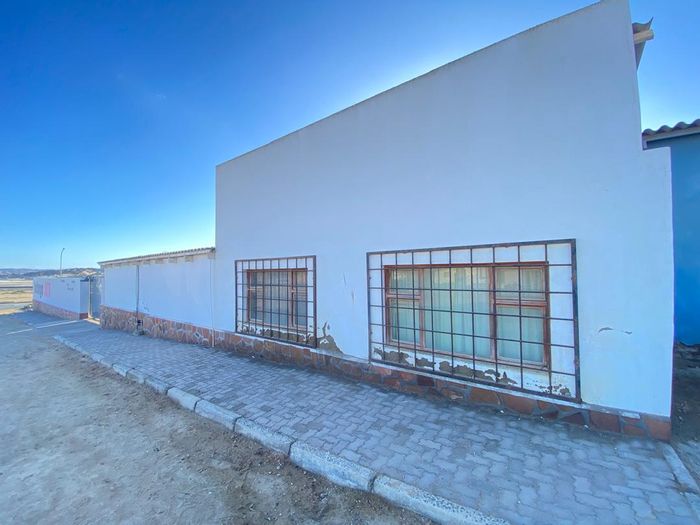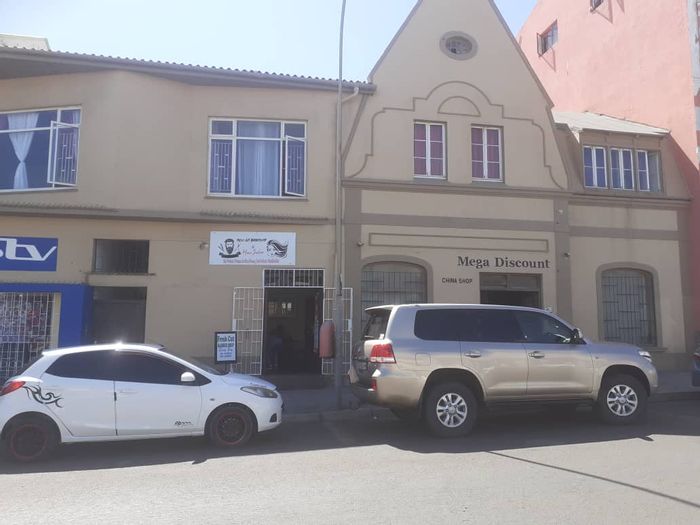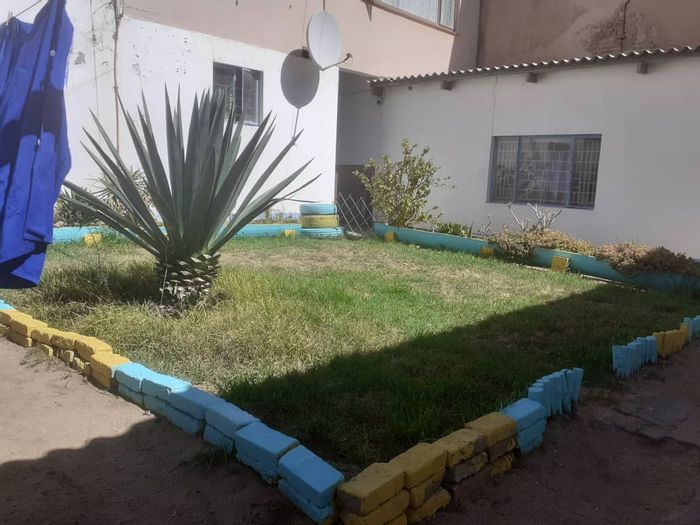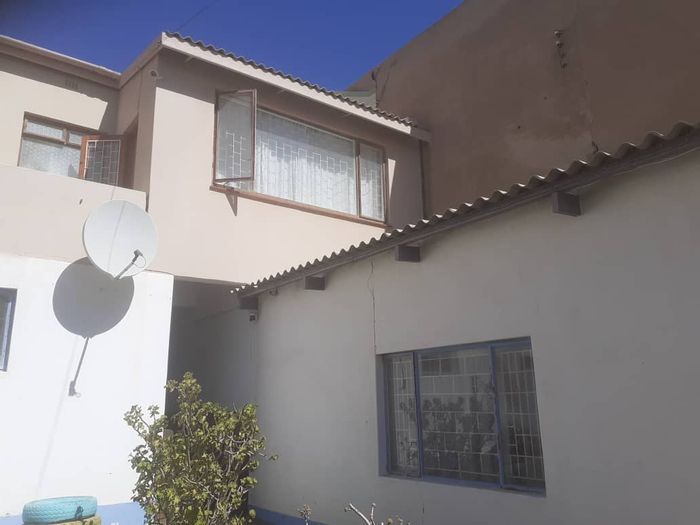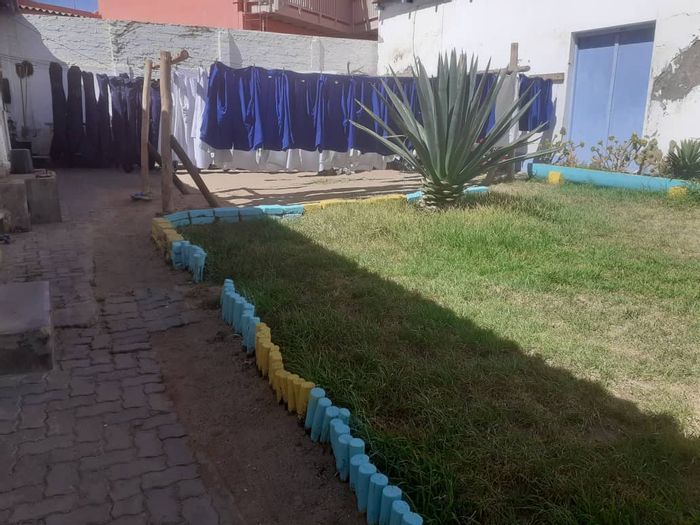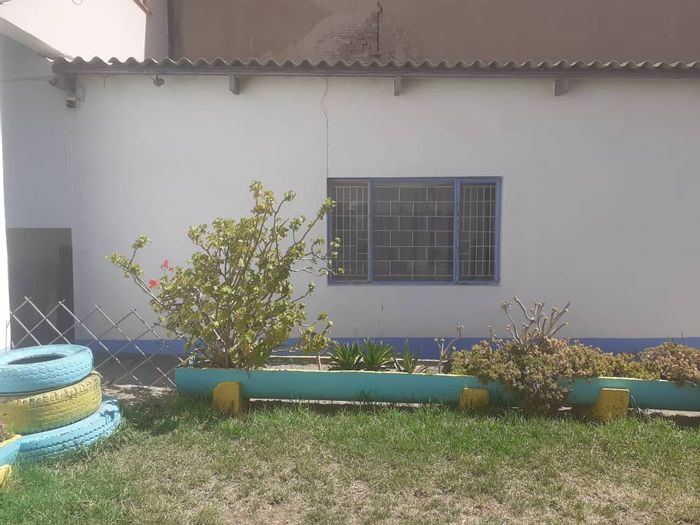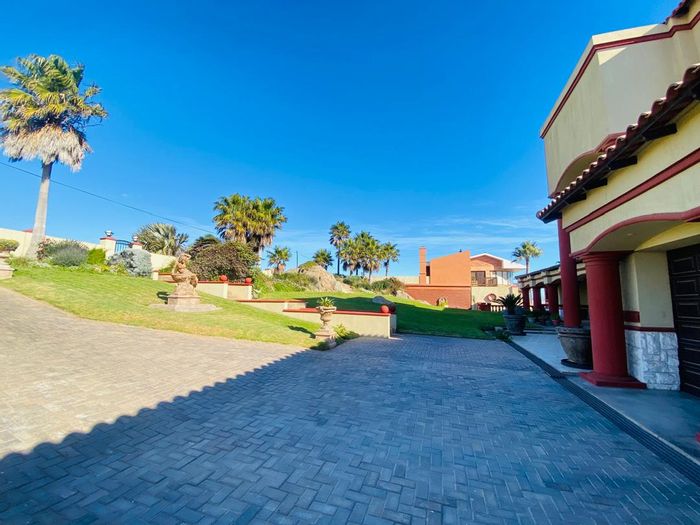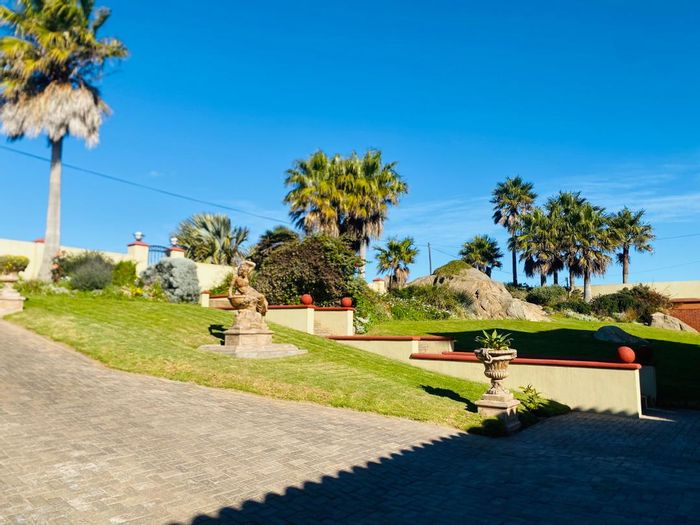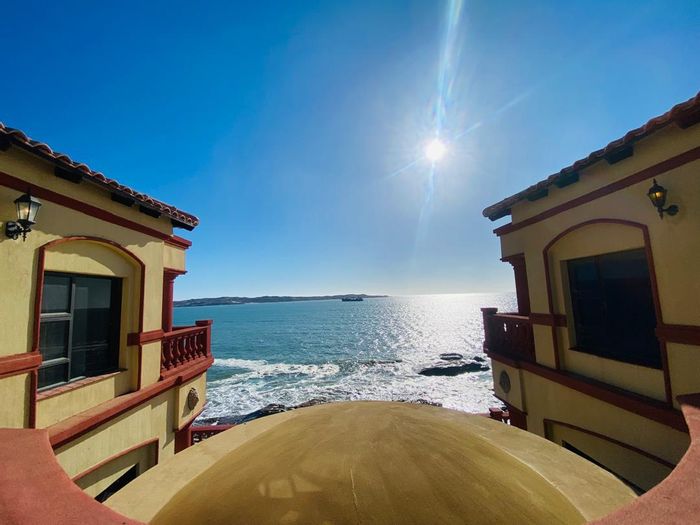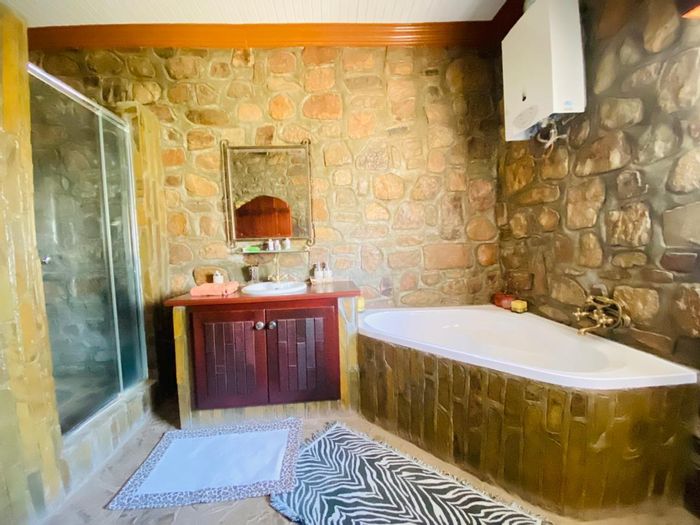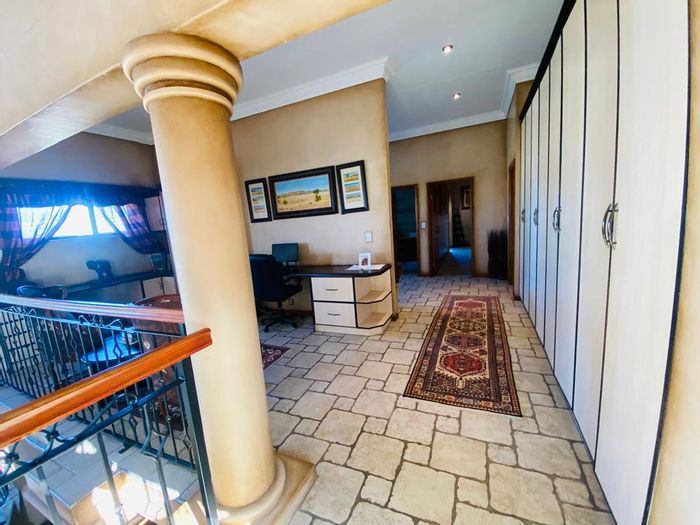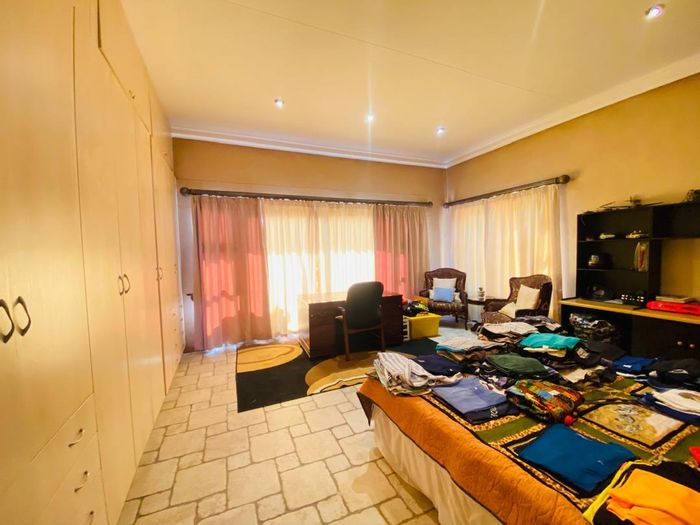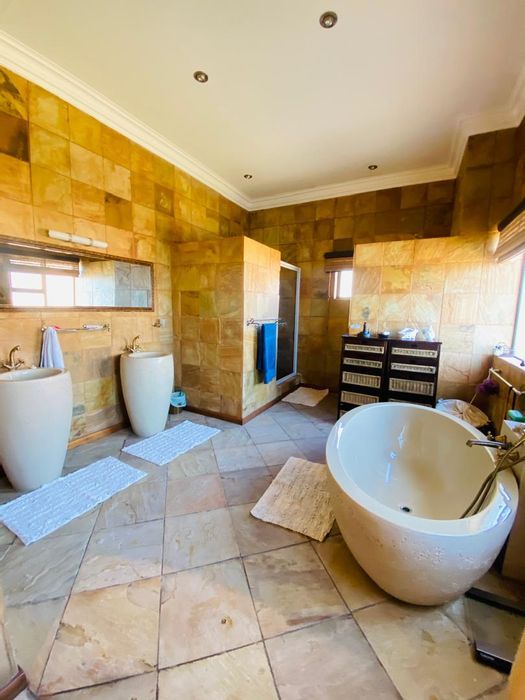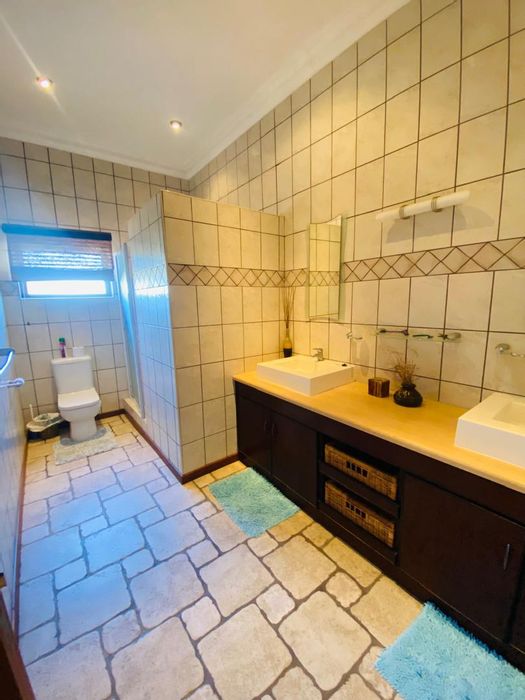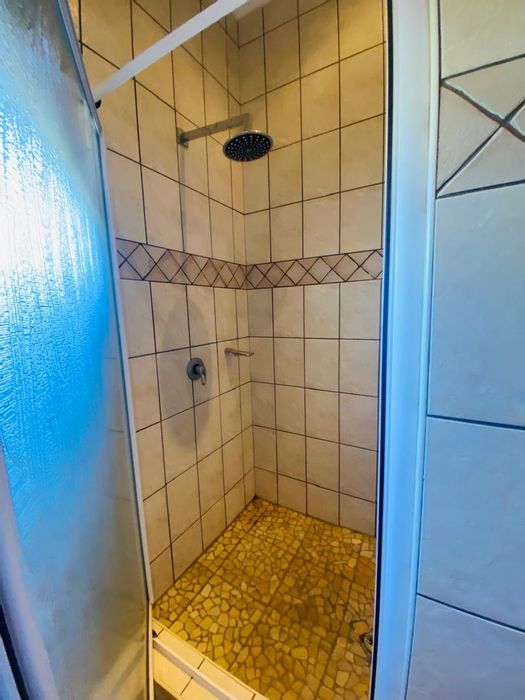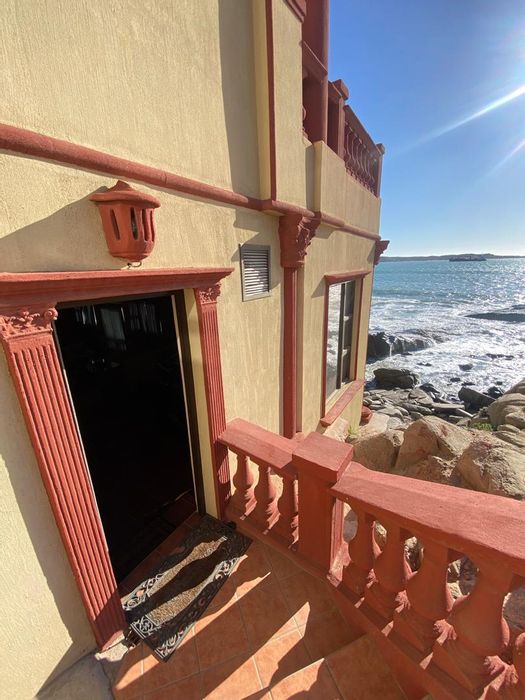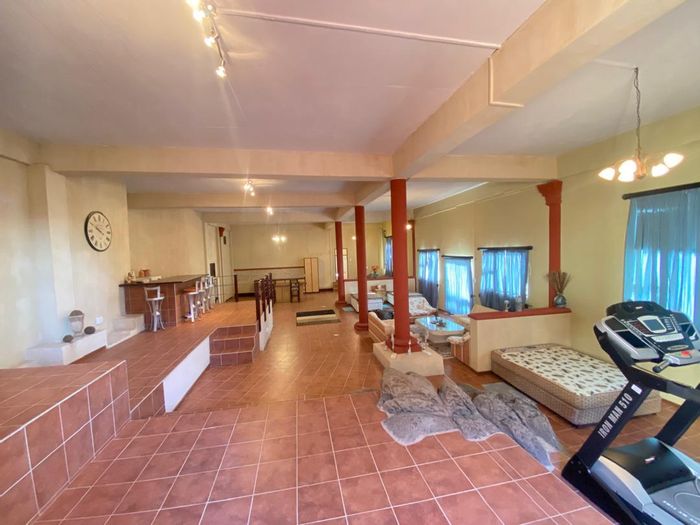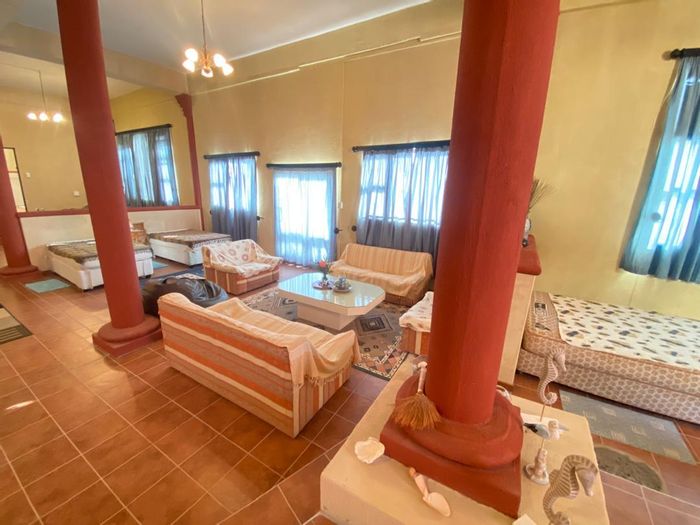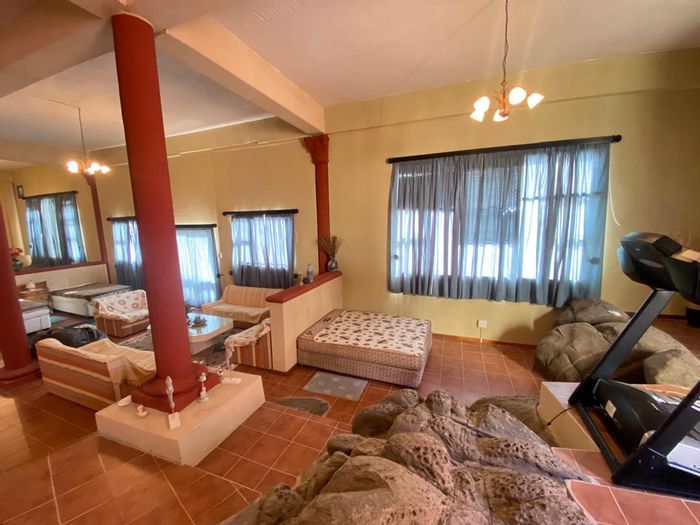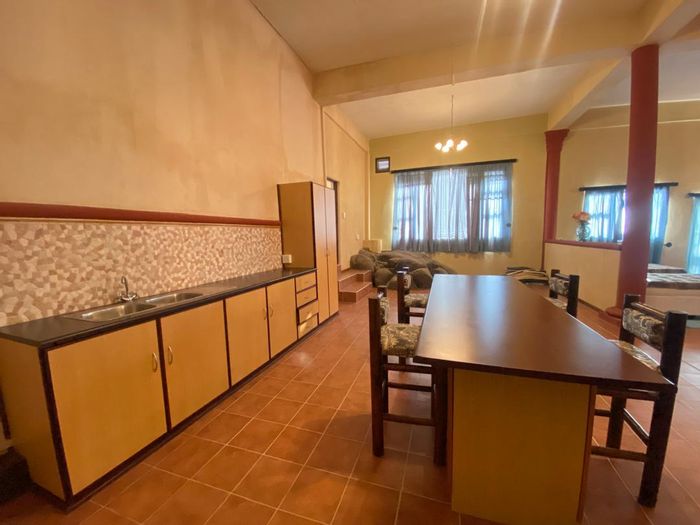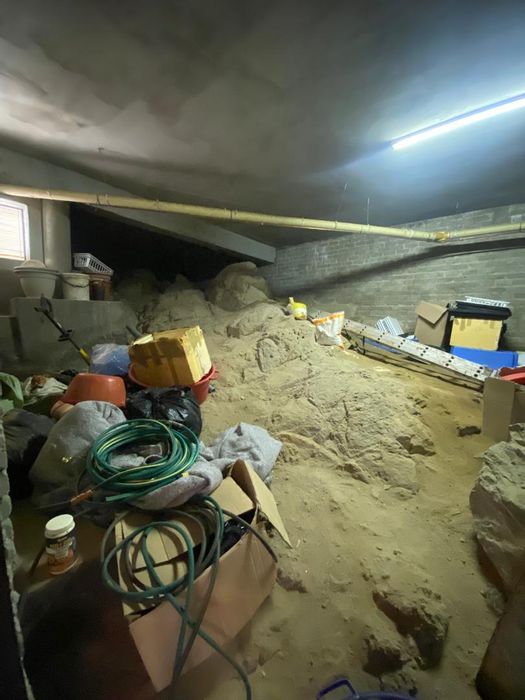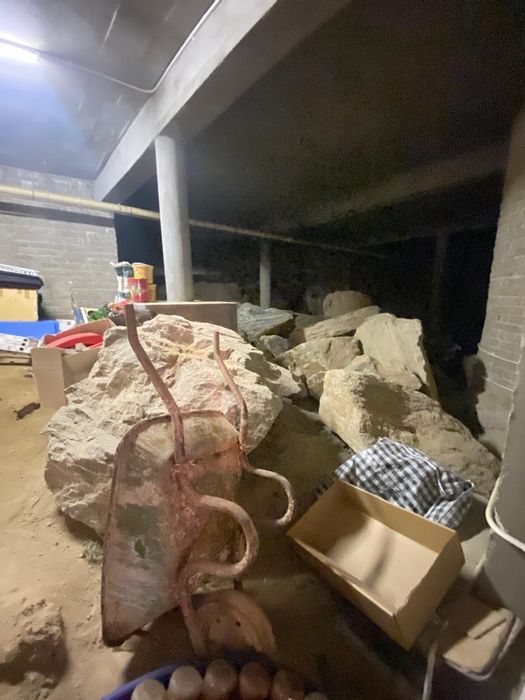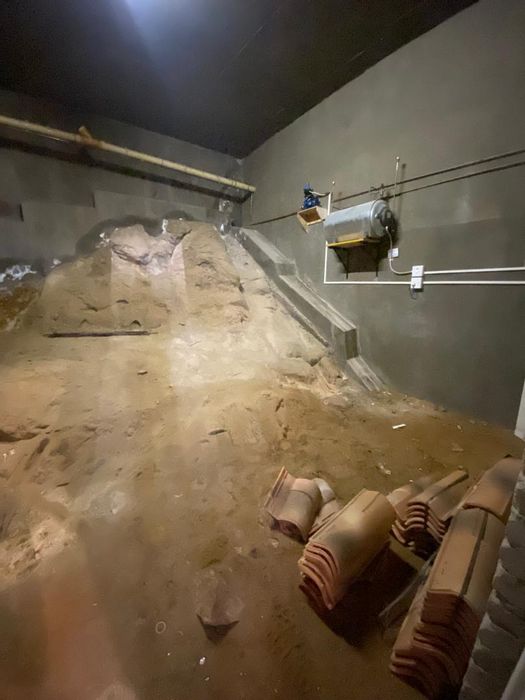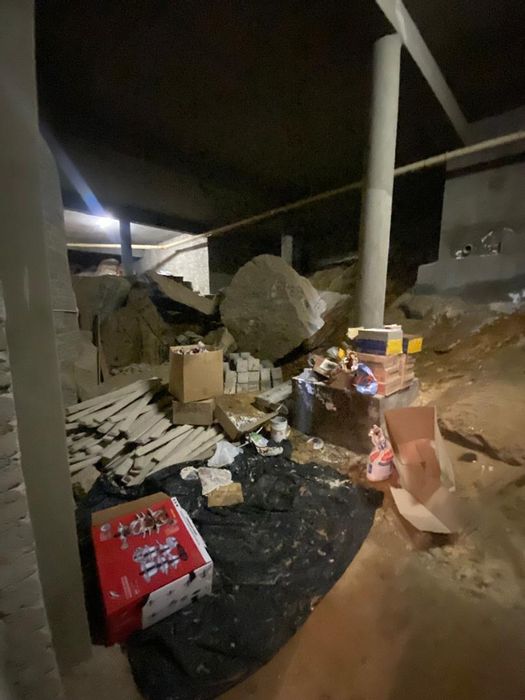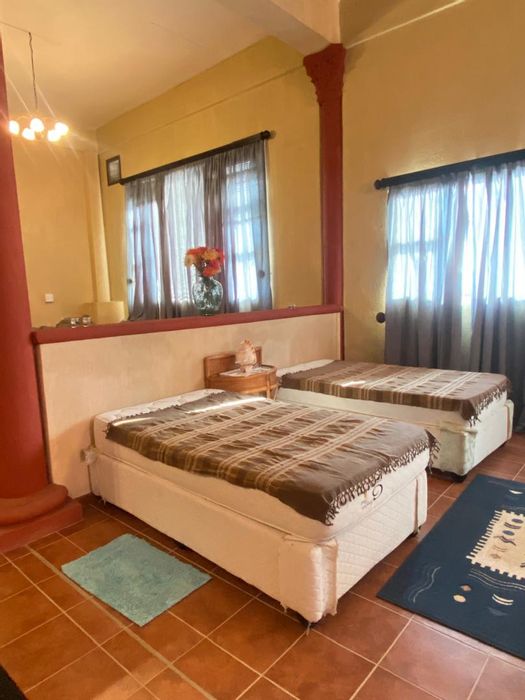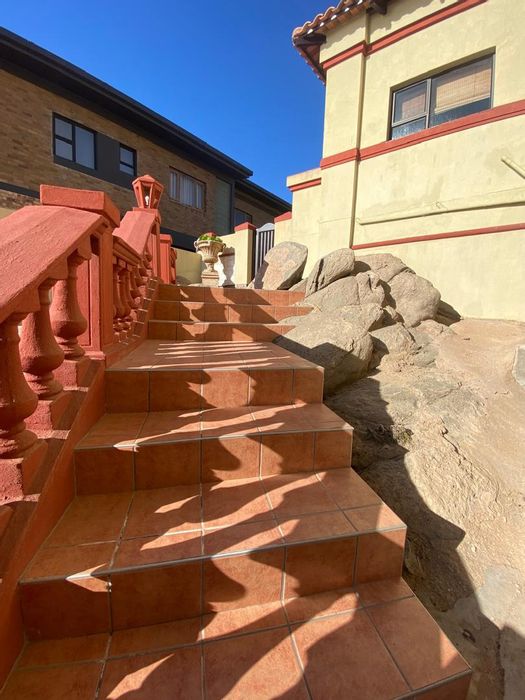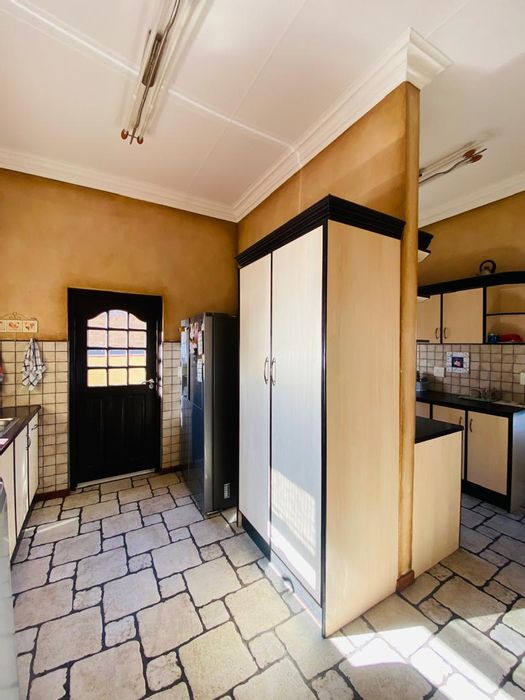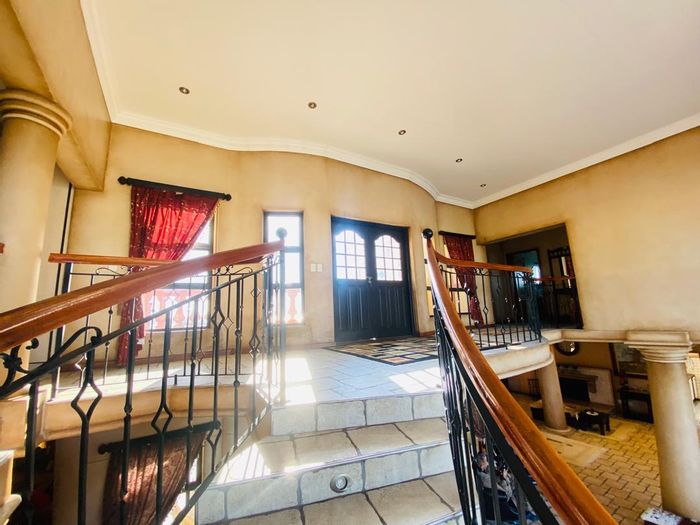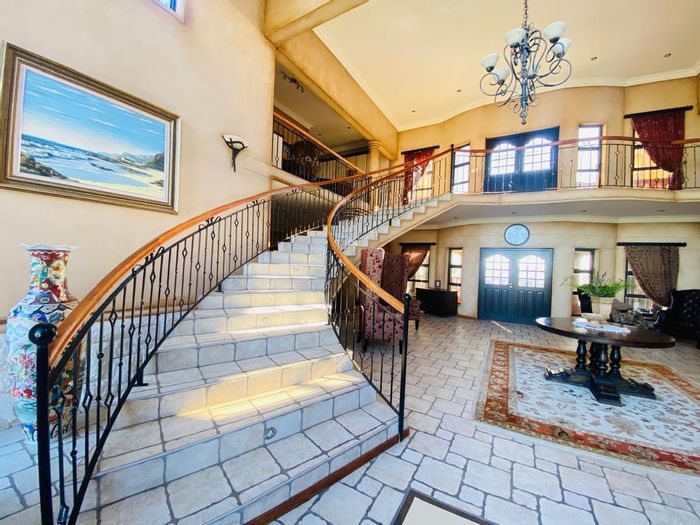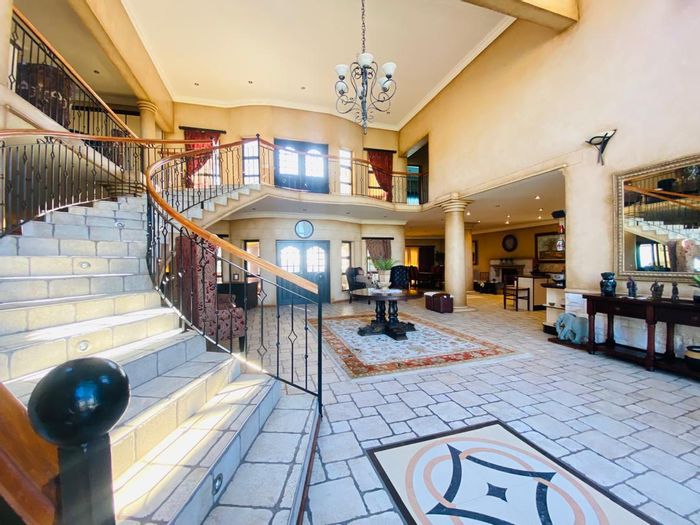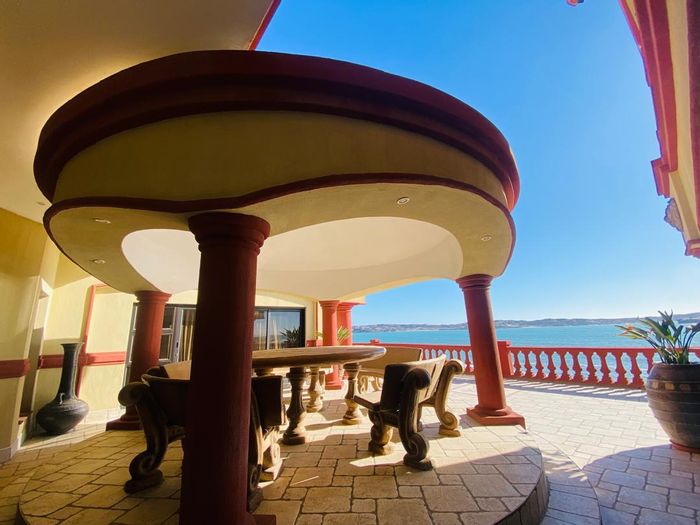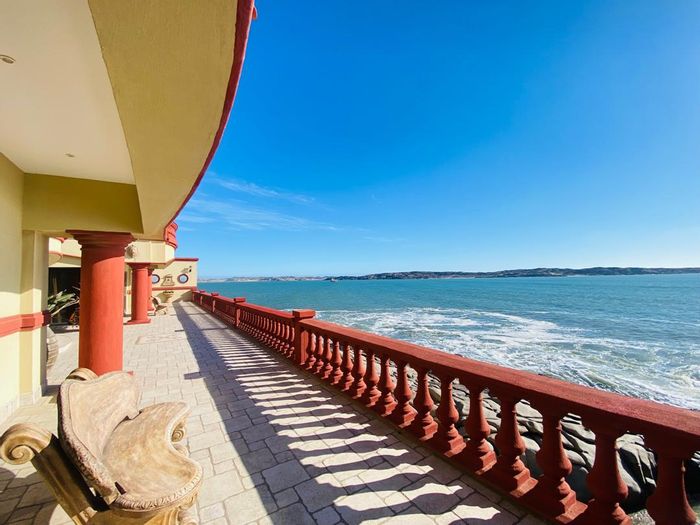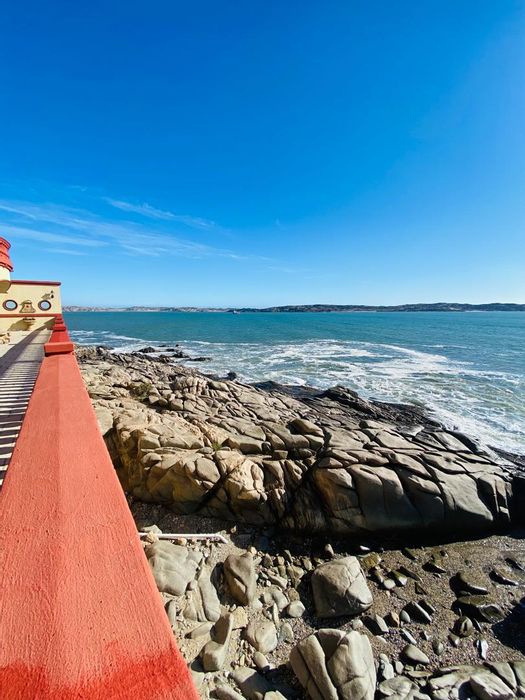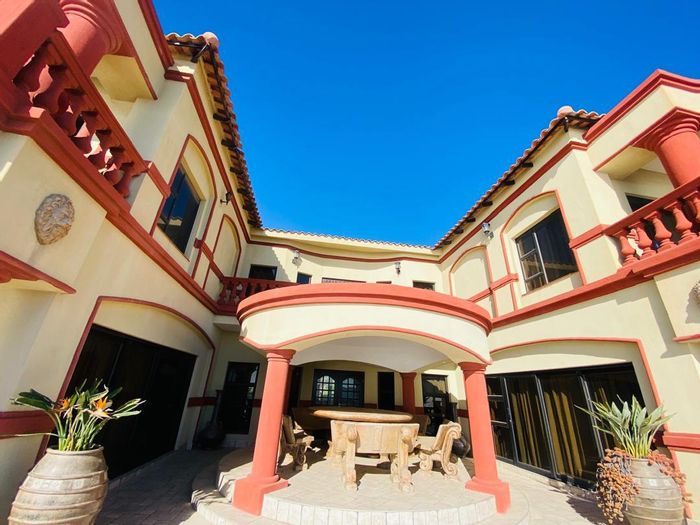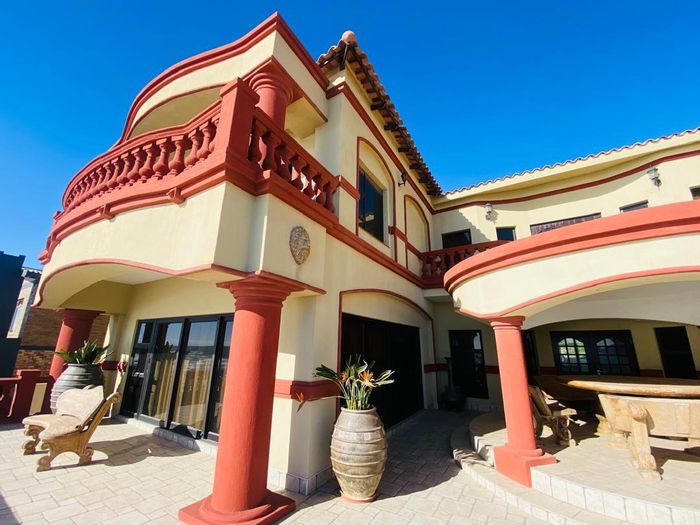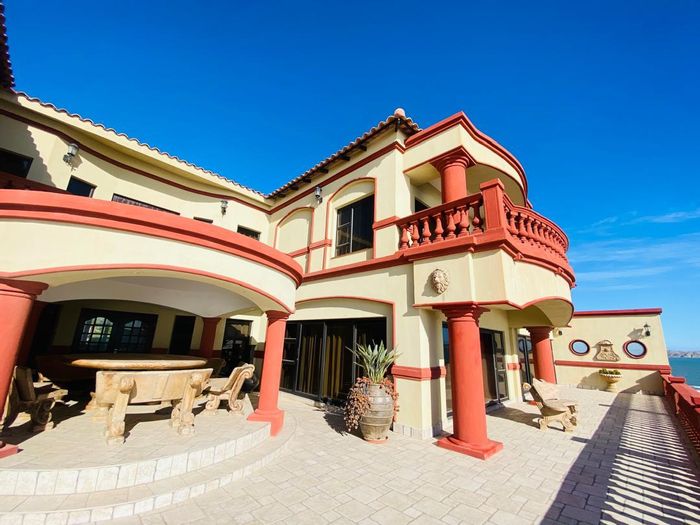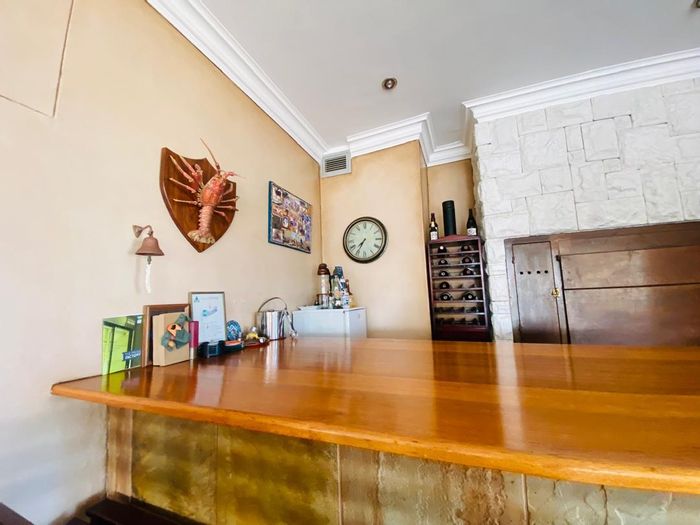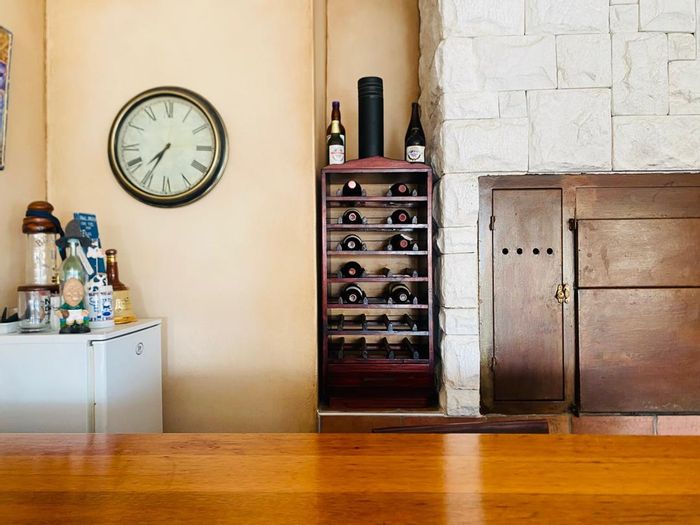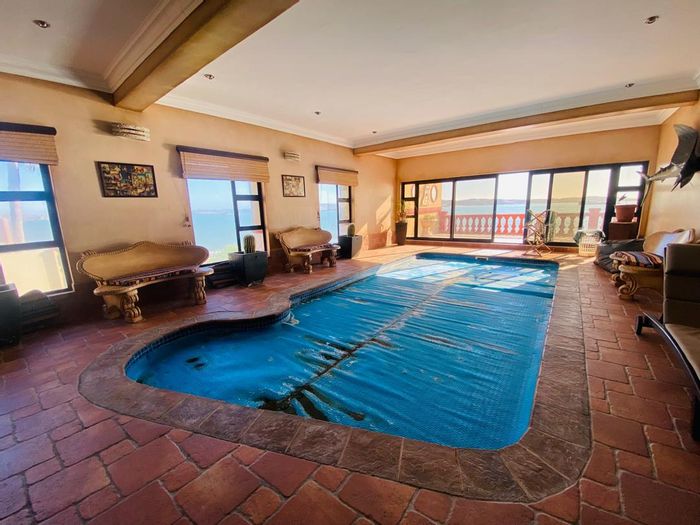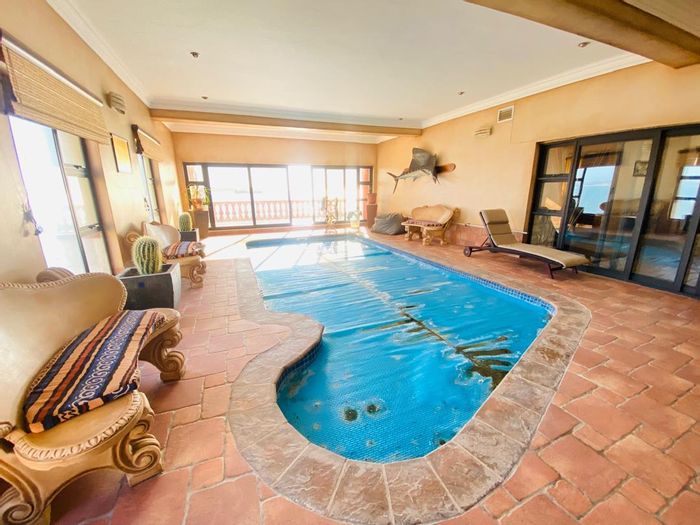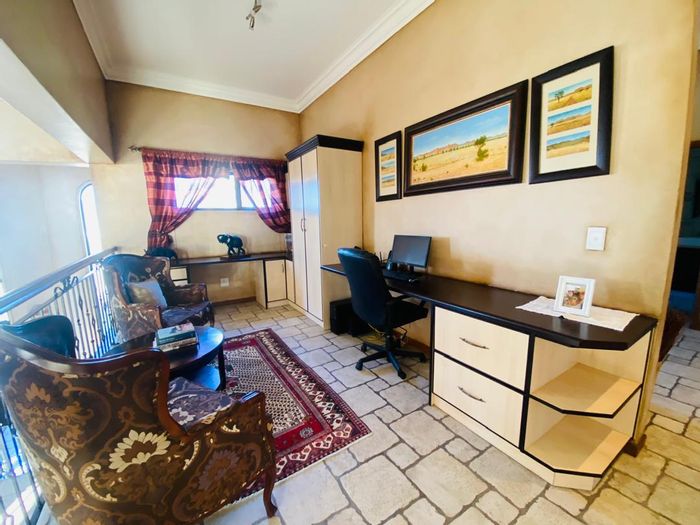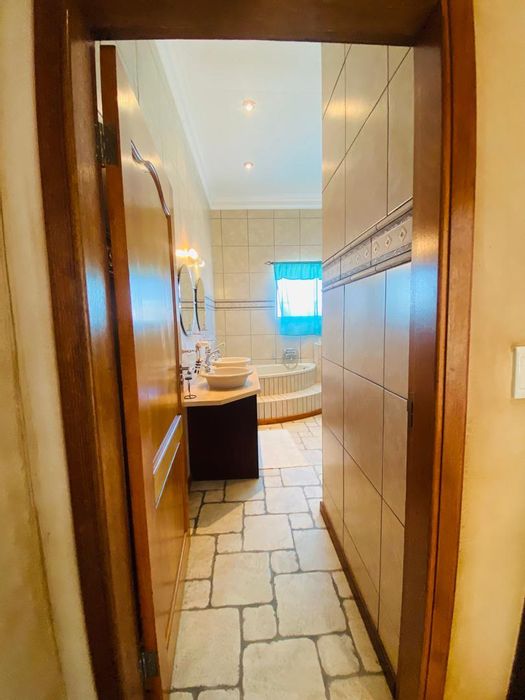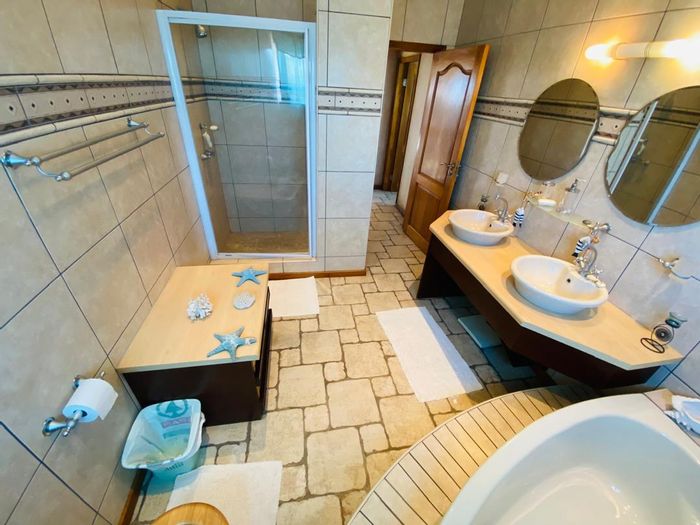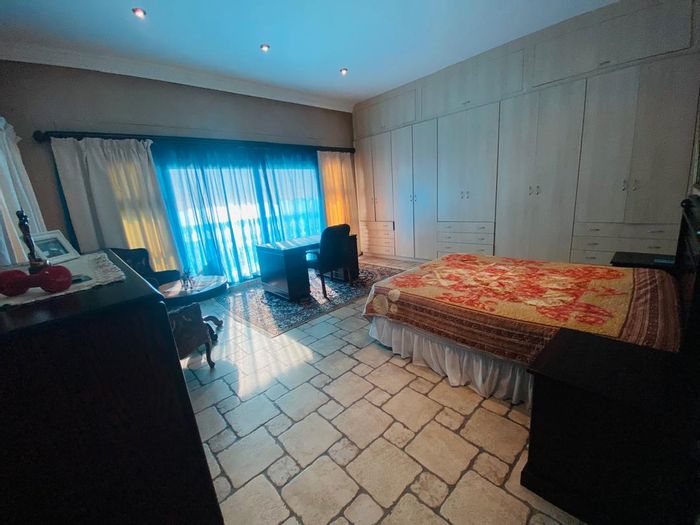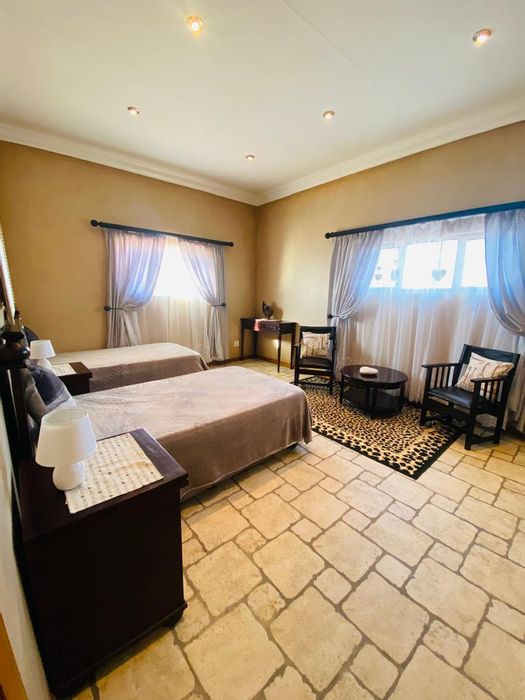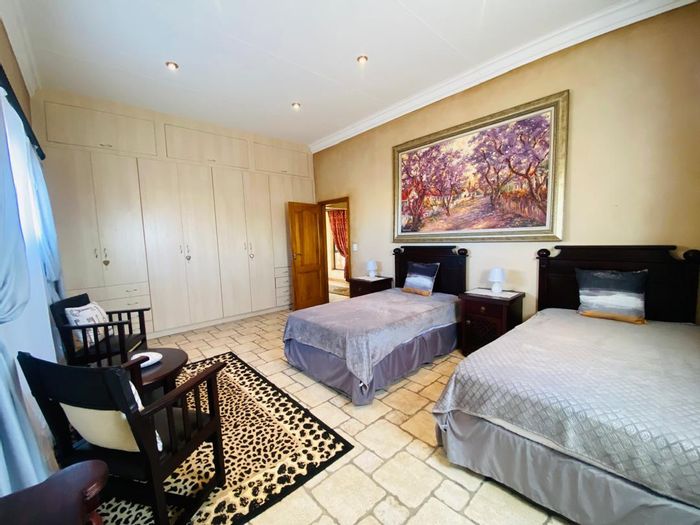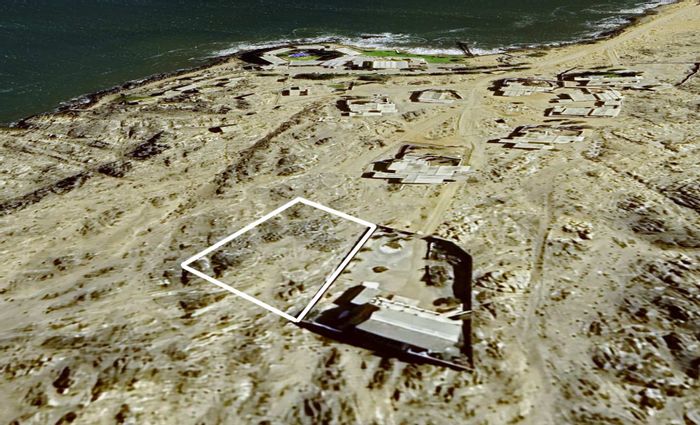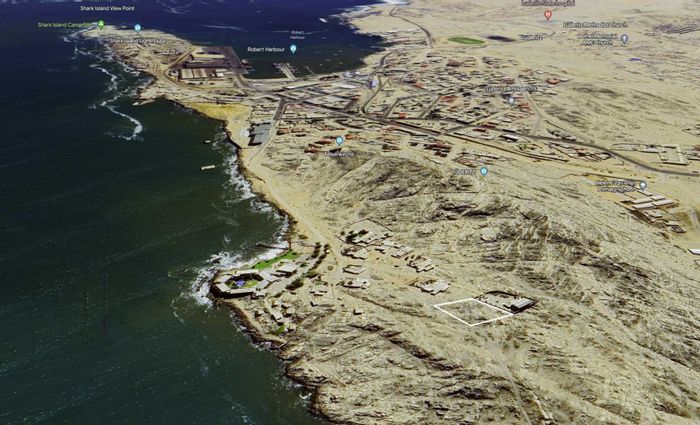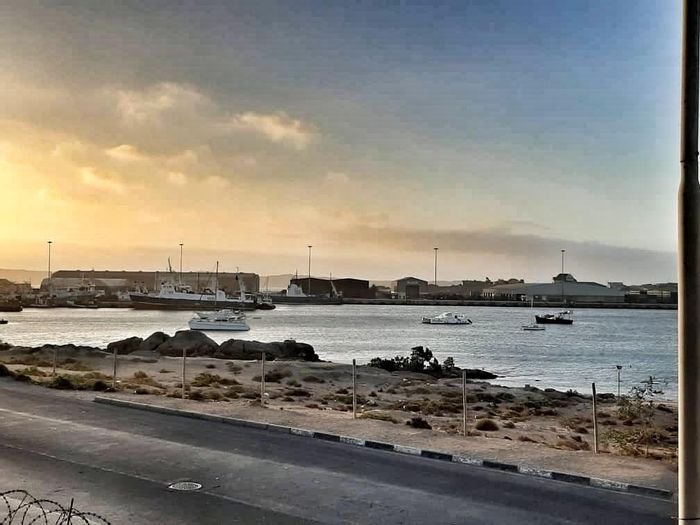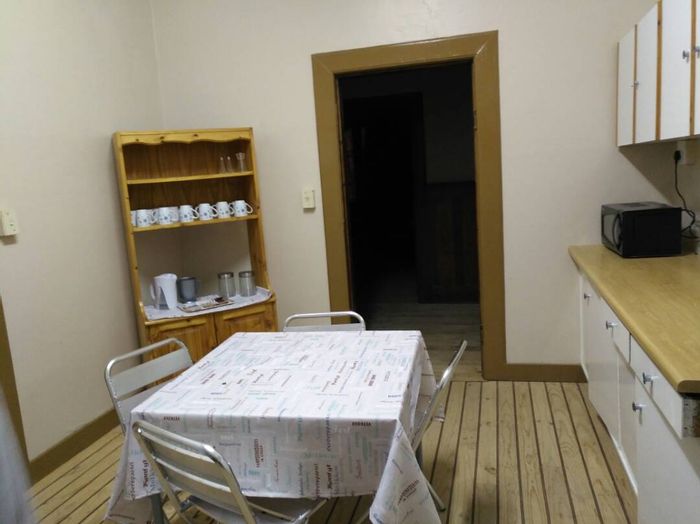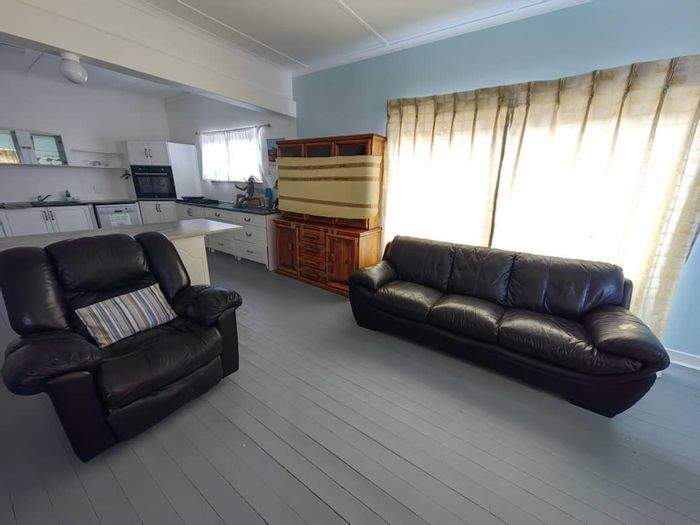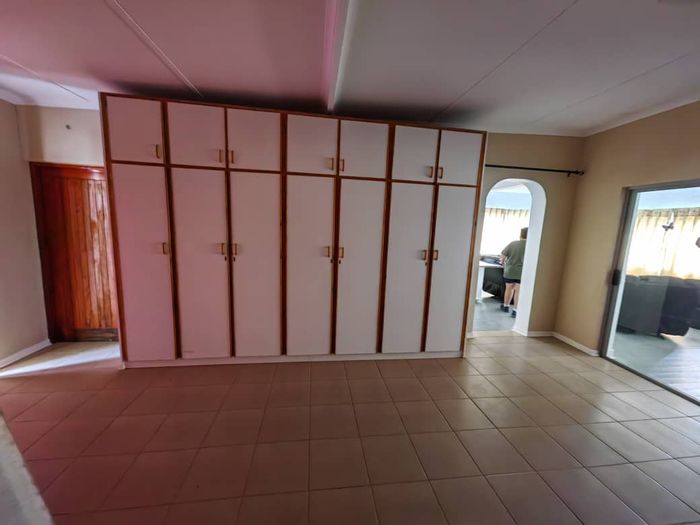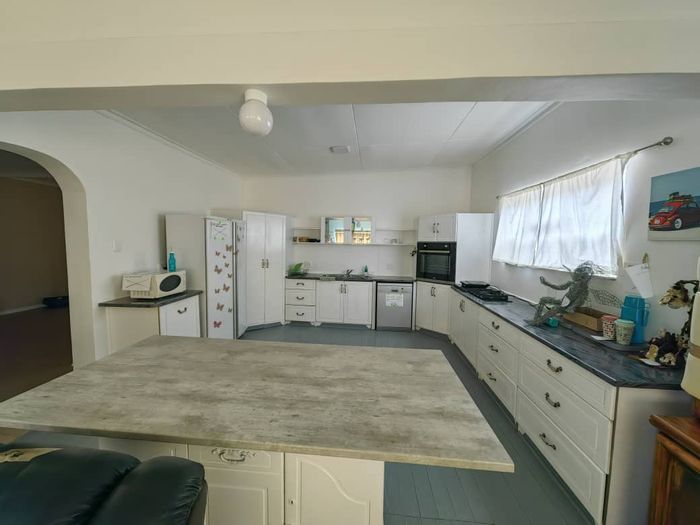Luderitz property guide

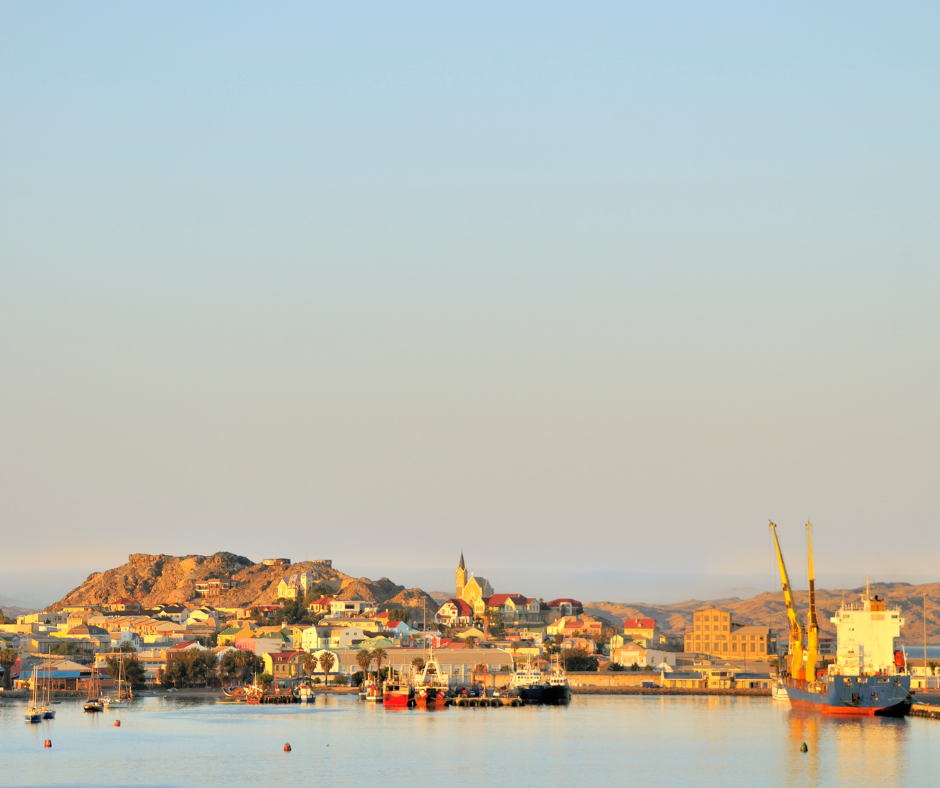
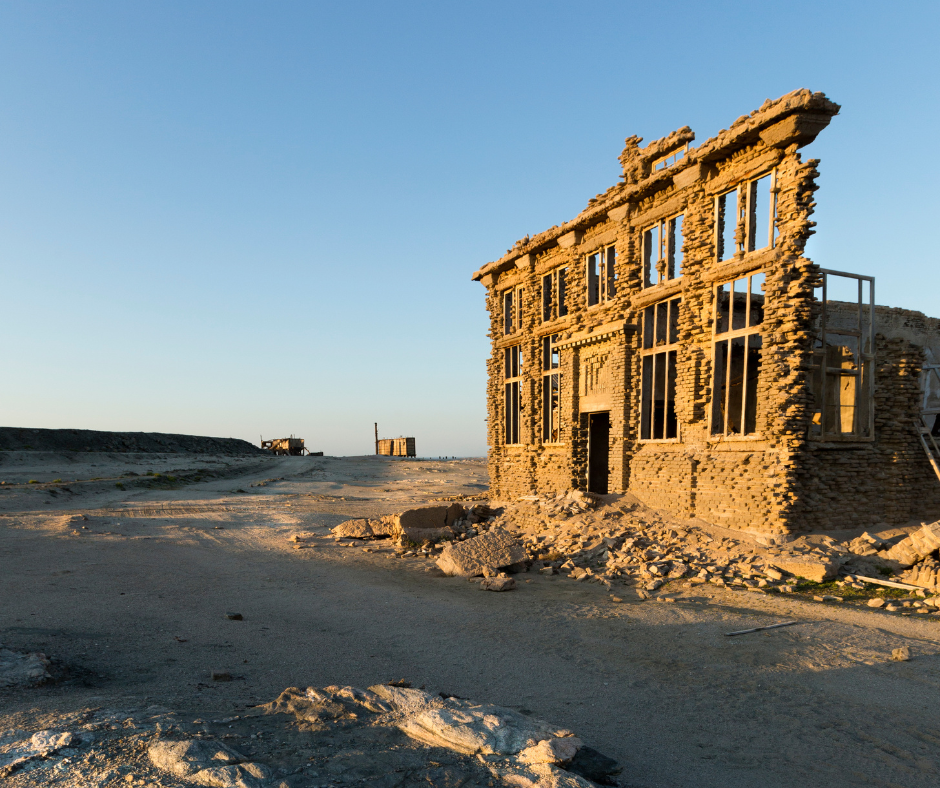
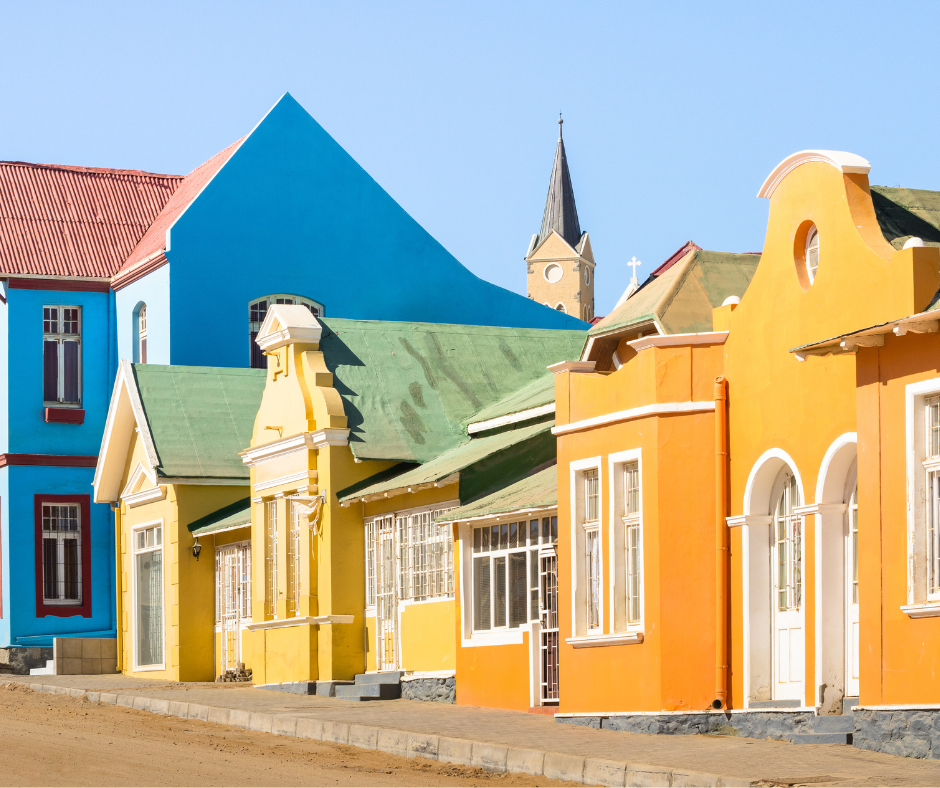
Lüderitz at a glance
Situated on the coast of Southern Namibia and surrounded by the Namib Desert lies the picturesque town of Lüderitz. Impressive art-deco architecture greets you as you enter this habour town that is steeped in German history, which is only enhanced by the extremely rocky Atlantic coastline and blue skies. The bay on which Lüderitz was founded was first known to Europeans when the Portuguese explorer Bartolomeu Dias landed here in 1487 and named it Angra Pequena, which translates to Small Bay, and erected a stone cross on the southern peninsula. Later in the 18th century, Dutch adventurers and scientists explored the area in the hopes of finding valuable minerals. This was not as successful as they hoped but further expeditions followed in the early 19th century and it is during these explorations that the vast wildlife in the ocean was discovered. Profitable enterprises were set up, including whaling, seal hunting, fishing, and guano-harvesting. Lüderitz thus began its life as a trading post. 1883 saw the founding of Lüderitz, which at this point was still called Angra Pequena. It was later renamed Lüderitzbucht after Adolf Lüderitz did not return from an expedition to the Orange River in 1886. In 1909, after the discovery of diamonds nearby, Lüderitz enjoyed a sudden surge of prosperity due to the development of a diamond rush in the area. In 1912 Lüderitz already had 1,100 inhabitants, not counting the indigenous population. Although situated in a harsh environment between desert and Ocean, trade in the harbour town surged, and the adjacent diamond mining settlement of Kolmanskop was built. After the German World War I capitulation South Africa took over the administration of German South West Africa in 1915. Many Germans were deported from Lüderitz, contributing to its shrinking population numbers. From 1920 onwards, diamond mining was only conducted further south of town in places like Pomona and Elizabeth Bay. This development consequently led to the loss of Lüderitz's importance as a trading place. Only small fishing enterprises, minimal dock activity, and a few carpet weavers remained. These days, despite Walvis Bay becoming the centre of the Namibian shipping industry, Lüderitz is still attracting port visitors - especially since the addition of a new quay that has allowed larger fishing vessels to dock. The town has also re-styled itself in an attempt to draw more visitors, which includes a new waterfront area for shops and offices. There are a number of restaurants in Luderitz where you can enjoy the bounty of the sea with lip-smacking feasts on rock lobster, mussels, and even oysters. Out and about you can enjoy wonderful walks on Agate Beach just north of Luderitz, take a drive to the Peninsula, or go on a nice harbour cruise in Luderitz. Agate Beach is a few minutes north of Luderitz and a wonderful place for walks and digging for treasure. If you'd like to take home your very own, totally unique Desert Rose, then you would first need to obtain an inexpensive digging permit and the services of a guide from the Nature Conservation Office. Together, you can explore the beach and find a sand rose that is made from crystallised gypsum. For a scenic drive in Luderitz you can go around the lagoon which is busy with lots of birdlife including pink flamingos, towards the Peninsula. En route, you pass picturesque bays and unspoilt beaches in a protected area. At Diaz Point, you will be on the spot where Bartholomew Diaz first landed in Southern Africa. Even further you can see Bogenfels which is a famous rock arch. Lüderitz is home to the Lüderitz Speed Challenge, the only international sporting event held in the town. This is an annual 6-week long speed sailing event held in October and November each year under the auspices of the International Sailing Federation (ISAF) World Sailing Speed Record Council (WSSRC). The event is the brainchild of French Kitesurfer Sebastian Cattalan who became the first sailor in history to break the 50 Knot barrier in the purpose-built canal with a speed of 50.26 Knots in 2008. Previously the German school Deutsche Schule Lüderitzbucht was in the city. In 1965 it had 13 teachers and 140 learners and was supported by the German government.[25] The harbour town currently has 3 primary and 2 secondary schools, namely; Diaz, Nautilus, and Helene van Rhijn Primary, Lüderitz Junior Secondary, and Angra Pequena Senior Secondary Schools
Property Types
• Houses
Schools
• Diaz Primary School • Angra Pequena Senior Secondary Schools
view all Luderitz properties to rent
